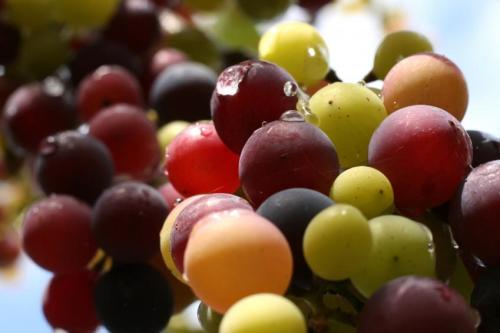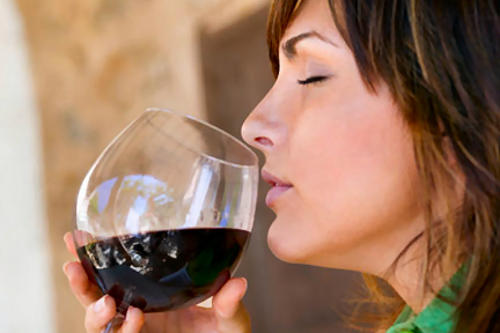The Art of Wine Tasting
|
|
 | Connoisseurs don¿t just swirl wine for effect. Swirling helps release molecules, enabling you to determine aroma (also known as the ¿nose¿ or bouquet.). It takes time and patience to master this practice before you can ascertain the differences between aromas. Here¿s a quick guide: A corked wine will smell musty. A strong bouquet tells you that the grapes come from a warm climate; also, the wine is likely to be high in alcohol and sugar. Common aromas are those of fruit, flowers, wood, earth, spices and herbs.
|
| Time for tasting! Sip wine, swallow a little and spit out the remainder. The tip of your tongue discerns the level of sweetness that indicates if a wine is dry, semi-dry or sweet. Acidity, an important element to counter sweetness, is discerned by the sides of the tongue. White wines are higher in acidity than red wines. Tannin which is a bitter taste is detected at the back of the tongue and typically present in red wines. The back of your throat senses alcohol, a warming ingredient. The level of alcohol in a wine is determined by the quantity of sugar in the grapes prior to fermentation. After tasting the wine, take a few moments to assess its qualities. Smooth and rich? Too dry or harsh? The mark of a good wine is a balanced blend of sweetness, bitterness and acidity. Experiment with different wines, build on your observations and soon, you could be a wine taster, par excellence! | |

